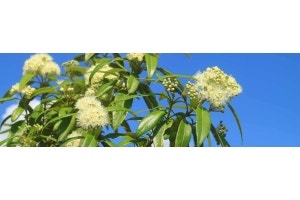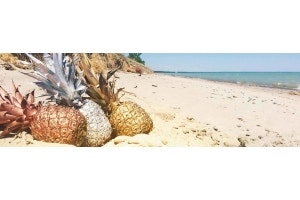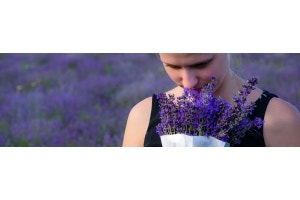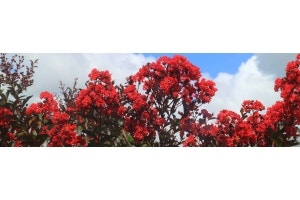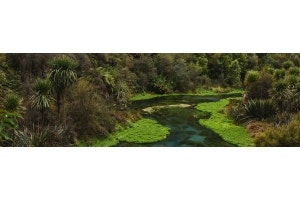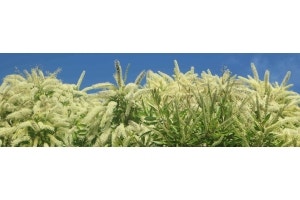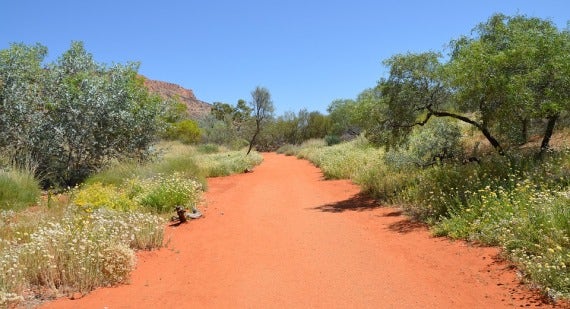
Traditional cottage gardens are built using layers of colour arranged in varying levels, using seasonal flowering shrubs, small-leaved foliage plants, and annual flowers for extra colour.
Colour palettes are usually tonal and harmonious, often in gentle pastel shades.
Here's our suggestions for some native plants to create that cottage garden look, from the ground up:
Groundcover
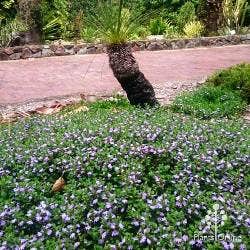
Ground covers are a must in cottage gardens, they're great for adding colour to large areas, creating hanging baskets and windowboxes, and filling small spaces between paths and rockeries.
Swan river daisy (Brachyscome) and boobialla (Myoporum) are dense native groundcovers flowering in shades of white, pink and mauve. Native violets (Viola hederacea) are the perfect alternative for cool shaded areas.Rambling groundcovers such as fan flower (Scaevola) and happy wanderer (Hardenbergia) flower in shades of purple and lilac, perfect for mass planting.
Sunny yellow golden guinea vine (Hibbertia) is ideal for weed control in larger gardens, and can be left to cascade down embankments in sunny locations. For a pop of colour, you can't go past kangaroo lobelia (Dampiera), a ground-hugging little plant smothered in deep blue flowers.
Foliage colour
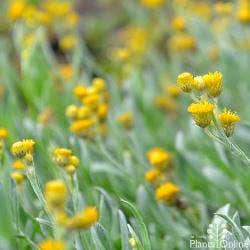
Silver-grey foliage contrasts beautifully with flowering pastels and bright yellows. Coastal rosemary (Westringia) are hardy natives with blue-grey or silver-toned foliage, and there are variegated varieties for extra interest all year. They're easy care plants ranging in height from knee- to head-height.
Choose smaller growing varieties for borders and foreground planting; taller ones for informal hedging. They can be left unclipped for a loose natural look, that suits a cottage garden very well. Native salt bush (Rhagodia) is an outback shrub used to growing in dry air and free-draining soil, but it copes remarkably well with more humid environments along the east coast. The small silvery leaves are attractive all year in the toughest situations.Dainty, ground-hugging yellow buttons (Chrysocephalum) is an ideal alternative to replace perennial daisies; when not in flower the silver-green foliage complements other flowering plants beautifully.
Grasses
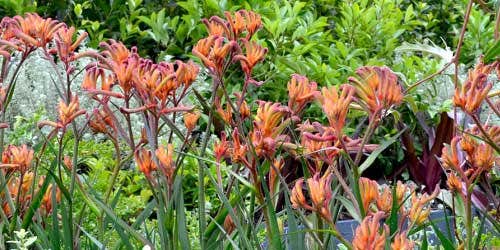
Try planting ornamental grasses like knobby club rush (Ficinia) in small natural-looking clumps for greater impact.
Mat rushes (Lomandra) are tough, evergreen grass-like plants ideal for filling gaps in rockeries. The larger ones make impressive accent plants; and the lowgrowing forms can be used for mass planting as lawn alternatives.Those iconically Australian plants kangaroo paws (Anigozanthos) burst to life in spring with brilliant bright furry flower spikes. Despite their unique down-under look, they mix well with European-style plants. Their broader strappy leaves combine effortlessly with more slender fine-leaved grasses.
Plant dwarf varieties as an informal border, or in pots, and mass plant taller ones like Big Red for high-colour impact.
Pastel flowering shrubs
Cottage gardens are renowned for their soft colour palette, often in pink, white and purple shades. There's plenty of choice when it comes to natives to recreate this look.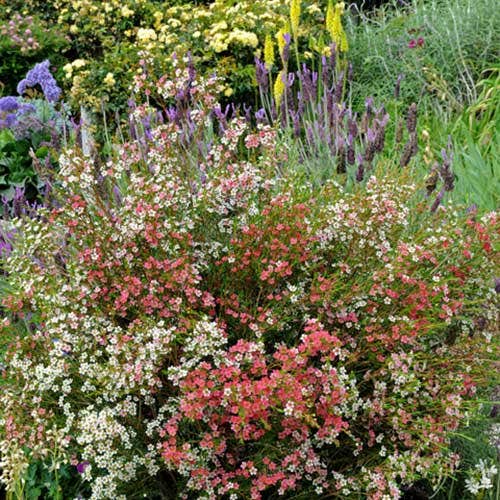
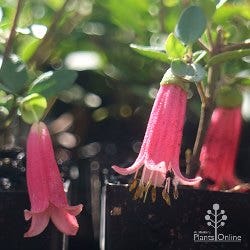 Correas fit very well into a cottage garden-style native garden. Their dainty bell flowers in pastel shades are abundant but not over-showy, and much loved by native wildlife.
Honey myrtles and paperbarks (Melaleuca) are evergreen and super hardy, often with cream-white bottlebrush-style flowers or warm pink tufty flowers which beneficial pollinators go crazy for.
Grevilleas can be tall trees, feature shrubs, or low-growing ground-hugging plants; all are ideal flowering natives for cottage colour. Choose smaller-flowered cat-claw grevilleas, and finer-leafed varieties such as Liliane and Pink Pearl, for a more authentic cottage look; these kinds are generally more wildlife-friendly too.
Correas fit very well into a cottage garden-style native garden. Their dainty bell flowers in pastel shades are abundant but not over-showy, and much loved by native wildlife.
Honey myrtles and paperbarks (Melaleuca) are evergreen and super hardy, often with cream-white bottlebrush-style flowers or warm pink tufty flowers which beneficial pollinators go crazy for.
Grevilleas can be tall trees, feature shrubs, or low-growing ground-hugging plants; all are ideal flowering natives for cottage colour. Choose smaller-flowered cat-claw grevilleas, and finer-leafed varieties such as Liliane and Pink Pearl, for a more authentic cottage look; these kinds are generally more wildlife-friendly too.
Climbing plants
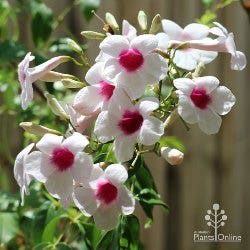
It's hard to imagine a cottage garden without an arbour or fence covered in rambling roses.
The native alternative is Pandorea, the bell-flowered form of which is also known as bower of beauty. This lovely vine flowers spring through to autumn with masses of trumpet-shaped flowers in white and pink. It can also be planted as a rambling groundcover around taller shrubs and trees.
Water wisely!
Remember, while your tubestock plants are young they will need regular watering to help their new roots establish. Once they are mature, long and less frequent irrigation is better than a little water daily. A little water daily creates lots of fine surface roots which are more susceptible to drying out; less frequent deep watering encourages their roots to grow deeper in the search for water. A generous mulch will help slow evaporation of any rain or irrigation from the soil, and keep the soil cooler, helping reduce the amount of water your plants need.
























